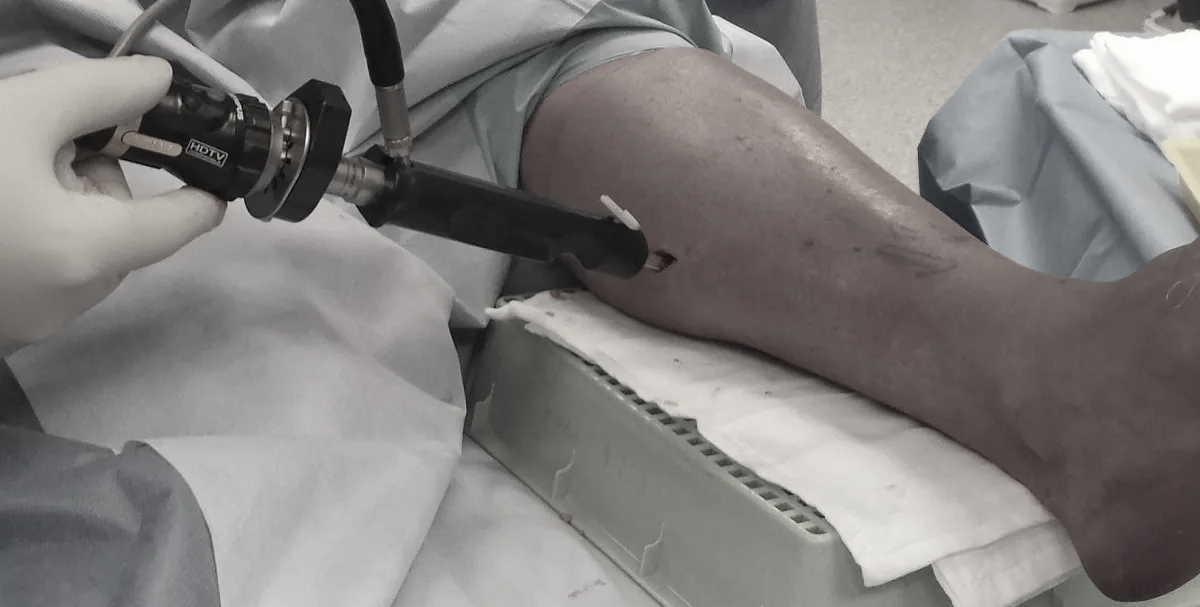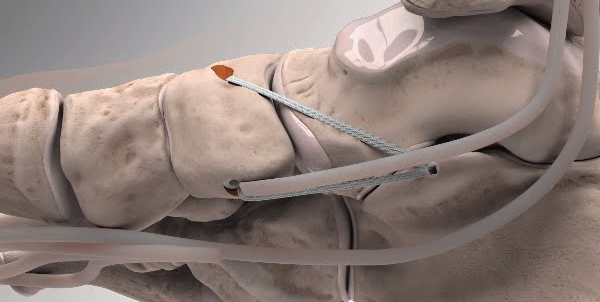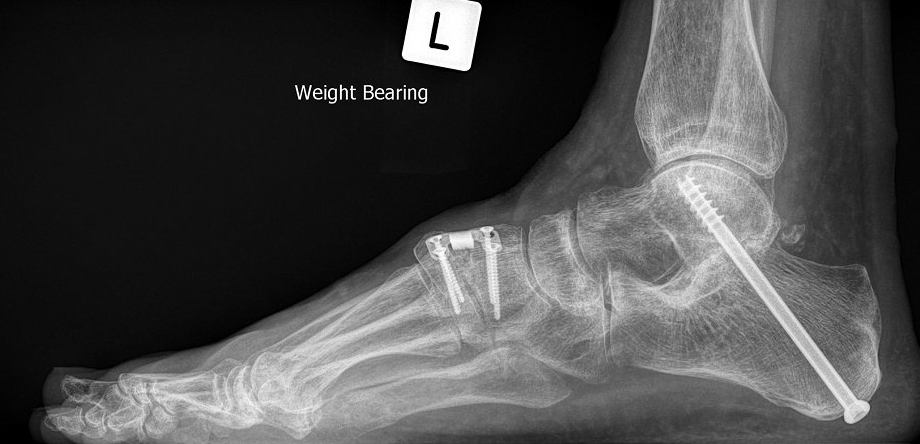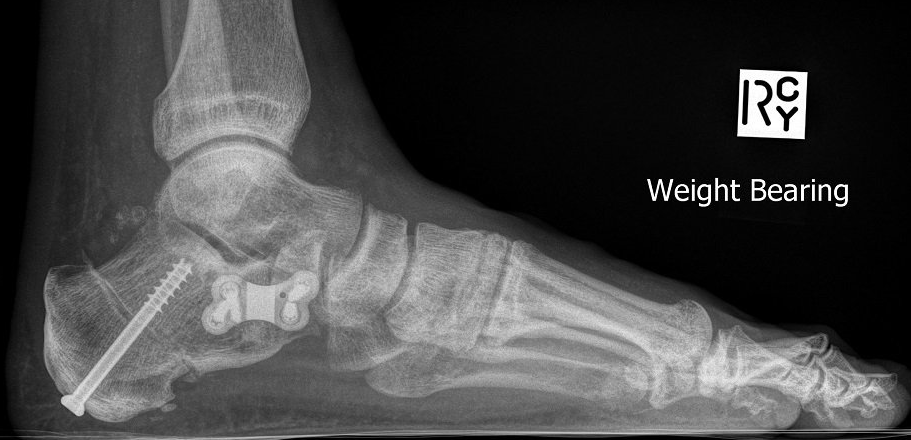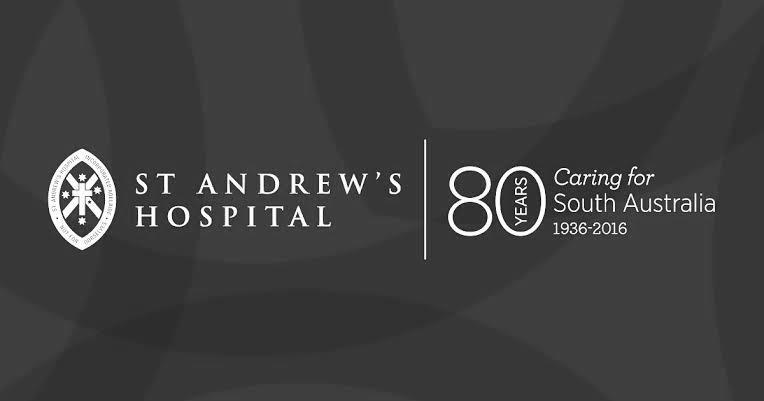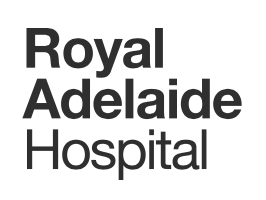Flat Foot Reconstruction
What is a Flat Foot Reconstruction?
Before reading this page, please see Flat Foot in Adults under the FOOT menu for more information.
Flat foot surgery in adults is a multi-level procedure
aiming to simultaneously correct calf tightness, bone alignment, joint stability and tendon function.
Not every foot needs the same combination of procedures. This is determined with you before surgery and depends on several factors.
Option available are:
- calf vs Achilles lengthening
- FDL tendon transfer
- spring ligament repair vs sinus tarsi implant
- calcaneal osteotomy vs hindfoot fusion
- Cotton osteotomy vs midfoot fusion.
Flat Foot Reconstruction Recovery
Surgery is done through several incisions. It is a major surgical procedure
and always takes time to heal.
Surgery:
- requires a one or two night hospital stay
- requires a general anaesthetic in most people
- takes 90 to 120 minutes.
First 2 weeks:
- bandage
- "moon-boot" 24 hrs a day
- crutches, frame or knee-walker
- no weight-bearing
- rest, elevation and ice (RICE)
- careful ankle and foot movements
- post-operative appointment.
Next 4 to 6 weeks:
- "moon-boot" 24 hrs a day
- crutches, frame or knee-walker
- no weight-bearing
- swelling control
- careful ankle and foot movements
- post-operative appointment and X-ray.
Next 6 weeks:
- "moon-boot" with insole to stand and walk
- crutches or frame
- increasing weight-bearing
- physiotherapy-guided strengthening
- post-operative appointment and X-ray.
Next 9 months:
- comfortable shoes and orthotics
- increasing activity
- physiotherapy-guided strengthening.
Benefits and risks:
- 90% of people are helped by surgery
- complete pain-relief is rare
- orthotics are usually still needed
- 10% of people are not helped by surgery
- 1% of people are made worse by surgery.
Consequences and complications:
- driving restriction (2 to 4 months)
- numbness around scars is common
- swelling takes a year to settle
- further surgery can be required
- see General Information about Surgery.
IMPORTANT
If you have any questions about your planned procedure, contact Dr Beamond before the day of surgery.
The information on this page is of a general nature and does not replace the informed consent process. Other consequences and risks specific (material) to the individual must be discussed prior to surgery.


